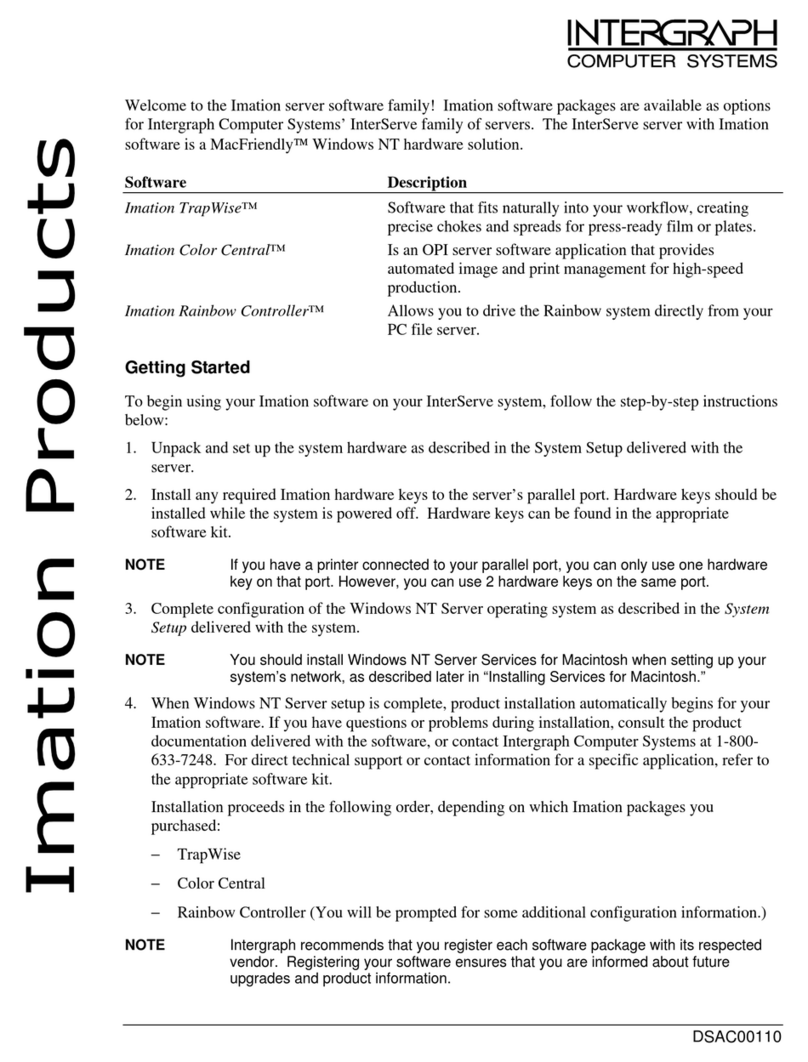
WebScale™ User’s Guide
5
across all the hosts in the cluster. In this case, a copy of the server application runs on
all of the load-balanced hosts, and the load is partitioned among the hosts; the load
percentage to be handled by each host can be tailored as necessary. Hosts can be
dynamically added to the cluster as necessary to handle increased load. WebScale can
also direct all traffic to a designated single host, called the default host.
WebScale manages the TCP/IP traffic as necessary to maintain high availability for
server applications. When a host fails or goes offline, WebScale automatically
reconfigures the cluster to direct client requests to the remaining computers. For load-
balanced applications, the load is automatically redistributed among the surviving
computers. Applications with a single server have their traffic redirected to a specific
host. Connections to the failed or offline host are lost. Once the necessary maintenance
is completed, the offline computer can transparently rejoin the cluster and regain its
share of the workload.
Advantages of Using WebScale
WebScale installs as a standard Windows NT networking driver on two or more
Ethernet or FDDI connected computers. Once installed, it operates in a fully
transparent manner to both server applications and to TCP/IP clients worldwide.
WebScale’s simple and elegant approach to clustering server applications lets users
employ off-the-shelf software components, such as existing WWW, FTP, or proxy
servers and other popular Internet applications. WebScale enhances fault-tolerance and
scales performance transparently to the TCP/IP protocol, to server applications, and to
clients.
WebScale gives the user flexible, fine-grained control over its operations. It lets the
system administrator configure load balanced (also called multi-server) and single-
server network traffic handling parameters for individual TCP/UDP ports and for
sequential groups of ports (called port ranges). In addition, individual servers can be
commanded to dynamically (i.e., without re-booting the server) leave and join the
cluster by issuing simple commands. Cluster parameters also can be modified without
bringing down the cluster.
WebScale’s approach to load balancing TCP/IP connections is superior to using a
round-robin domain name server (DNS) because:
•the same server IP addresses are used across the cluster,
•a round-robin DNS does not provide fault tolerance (it blindly directs traffic to
failed servers),
•WebScale’s load balancing has finer granularity (per-client request vs. per-DNS
query from the client),
•each client benefits from WebScale’s load balancing since its requests are
distributed across the cluster,


































